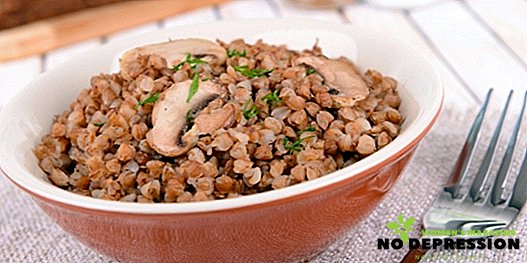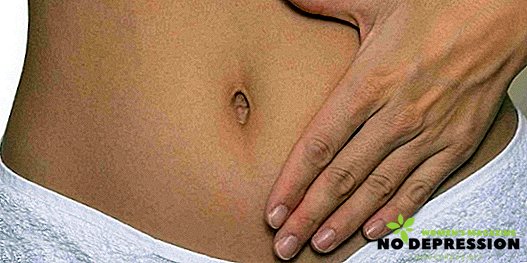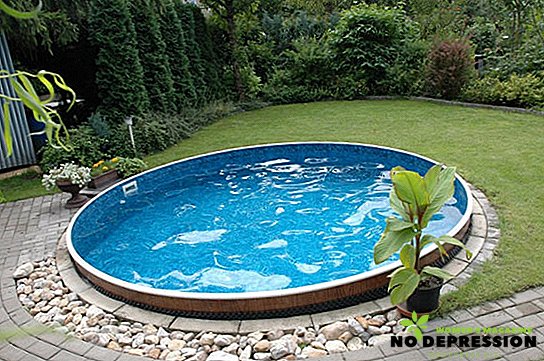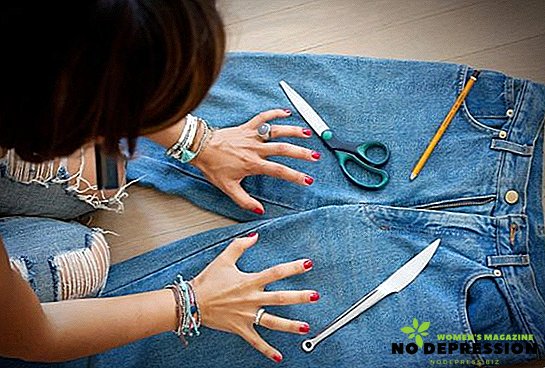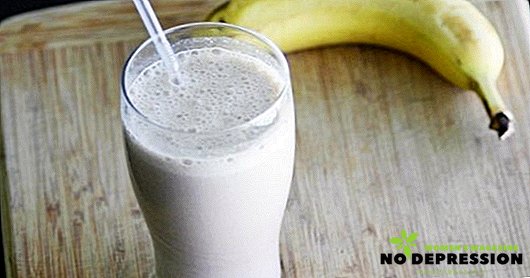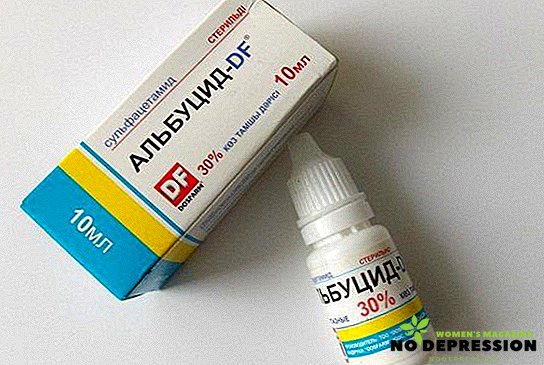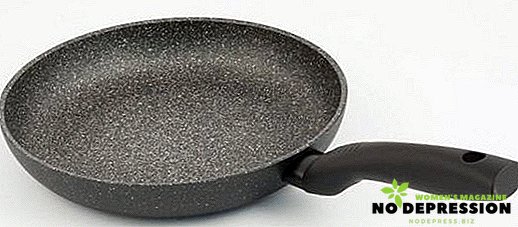Osteoarthritis of the knee is one of the most common diseases of the joints, and is second in the severity of the disease after coxarthrosis. According to recent studies, this disease occurs in every fifth adult person on earth. In our material we will tell you what the symptoms of this disease are and how to treat it correctly so as not to get complications.
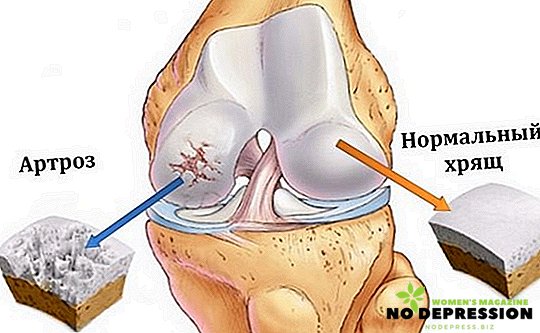
Causes of
Every day, the knee joints of a person are subjected to stress, because while walking, sports can withstand the entire body mass. Over time, cartilage tissue wears out, which leads to changes in the joints. It is for this reason that arthrosis of the knee joints may occur in aged people.
In addition, there is a risk group, which includes people:
- overweight;
- suffering from osteoporosis;
- having hereditary disorders;
- the elderly;
- working in specific specialties with a large load;
- having metabolic disorders;
- having a deficiency of trace elements in the body;
- with spinal injuries;
- athletes.
It should be remembered that the disease develops rather slowly and it is very important to consult a doctor in time for consultation when the main symptoms are detected.
This will avoid possible complications, such as disability, in the future.
Symptoms of osteoarthritis of the knee joint
To accurately determine the disease, just pay attention to the symptoms - they are very characteristic of arthrosis. These include:
- The appearance of pain or discomfort after sleep (or when trying to climb after prolonged sitting).
- Pain in the knees when standing for a long time.
- When climbing stairs - burning sensation.
- Night pain or discomfort after exercise.
- Feeling of weakness and "podkashivaniya" in the lower extremities.
 One of the most important symptoms is pain and pain in the knee area.
One of the most important symptoms is pain and pain in the knee area.
At the same time, the disease itself does not appear “suddenly”: such sensations may increase for months or years, and at first they will only be disturbed with increased exertion, and then the pain will be felt even at rest.
But it is worth remembering that the symptoms vary depending on the degree of the disease.
Let's look at each option in more detail.
I degree
Arthrosis of this degree is almost asymptomatic, but there are a number of factors that are characteristic of this phase of the disease:
- feeling tired in the limbs;
- decreased mobility, which is usually observed after sleep.
If there is pain, then it is almost invisible. It is very difficult to diagnose the disease at this stage, therefore, it is impossible to do without X-rays: arthrosis will manifest itself in the form of small irregularities on the surface of tissues and bones.
II degree
At this "stage" the symptoms are brighter. The pain may appear even with a small load on the legs, and over time such sensations may appear with a simple movement. Pass unpleasant sensations only after a long rest.
In addition, at this stage of development may appear such symptoms as:
- crunch when moving;
- change of bones in the joint;
- synovitis;
- inability to bend the leg.
III degree
Mobility is also impaired - a person cannot bend a leg at the knee. Sensitivity to the weather may also be observed.
Diagnosis and principles of further treatment
The doctor, after listening to the doctor, will examine the appearance of the knee, assess its mobility. After that, the patient will be referred to an x-ray, and several can be taken during the treatment period, which will allow assessing the dynamics of the development of arthrosis. In some cases, MRI or tomography is prescribed.
If studies are required in order to correctly determine the main cause of arthrosis and separate it from other diseases with similar symptoms.
 Treatment usually includes the following:
Treatment usually includes the following:
- Therapy with the use of drugs.
- Massage and manual therapy.
- Surgical intervention.
- Exercise therapy and other methods of rehabilitation therapy.
The main goals of treatment are as follows:
- pain relief;
- restoration of the ligamentous apparatus and the damaged cartilage;
- an increase in the amount of movement in the joint.
Important and massage treatments, and physical therapy, and even proper nutrition. If you are too late to see a doctor or none of the above methods will help you, they will schedule an operation: the installation of an endoprosthesis.
Treatment of arthrosis - the choice of methods and means
At the moment there are such groups of medical preparations, which are prescribed in the treatment of arthrosis at the initial stage:
- NSAIDs - nonsteroidal anti-inflammatory drugs;
- chondroprotectors;
- medical ointment;
- means for compressors.

The most popular NSAID drugs include Diclofenac, Butadion and Ibuprofen. Such funds are aimed at eliminating pain, inflammation. And only after reducing the pain syndrome, further treatment can begin.
If the use of nonsteroidal drugs did not give any result, especially if the disease progresses, doctors usually prescribe hormonal drugs. The most famous of them are:
- Hydrocortisone;
- Celeston;
- Flosteron
However, it is worth remembering that due to a number of side effects, such drugs are prescribed only during the period of the disease - if fluid accumulates inside the articular part. Enter the solution no more than 1 time in 10 days.
The only group of agents that directly affect the cause of arthrosis is chondroprotectors. They are especially effective in the early stages. The most popular means: Hondrozamin and Teraflex.
Also in the early stages hyalouranic acid is very effective, which is injected into the joint. This procedure is not the cheapest, but it contributes to abrading the cartilage surface.
When osteoarthritis is detected, ointments are also prescribed - they also reduce the feeling of pain and remove inflammation. It is best to use drugs such as: Fastum gel, Dolobene and Dolgit.
What will help traditional medicine
Immediately it should be said that the use of methods of traditional medicine should not be - they should only be as an addition to medical treatment.
Let's look at what can help in the fight against knee arthrosis:
Dandelion Flowers
You just need to eat 5 dandelion flowers every day, be sure to rinse them with boiled water. You can also make tinctures: take 5 dark bottles of glass, 50% fill with flowers, fill the container with triple cologne to the neck. Insist for a month, then wipe your knees with this infusion.
Lapping
It is a compound that needs to be regularly rubbed into the knee joint.
Make such a composition is very simple: take the egg yolk, mix it with 1 tbsp. turpentine added 1 tsp. apple cider vinegar. All ingredients must be mixed and left overnight.
Every night lubricate the knees with the tool, top with a woolen scarf.
Moreover, it is very important to thoroughly wash the applied mixture in the morning. To remove the symptoms, you should use this method for 2-3 weeks.
Burdock
According to folk effects, you need to attach 3-4 large leaves of burdock to a sick knee and roll them up with a bandage. Repeat this manipulation for at least a week, which will relieve pain. And to enhance the effect, you need to lubricate the joints with oil of sabelnik.
Celandine juice
Soak the juice in a piece of cloth, apply it to the patient's knee. An hour later, smear with vegetable oil. Repeat the procedure during the week.
Garpagophytum Root
Take 2 tbsp. funds, pour into a thermos, pour 1 liter of boiling water, leave for two hours. Take in the form of heat at least 3 cups a day.
Selection of knee pads for arthrosis
Often, in cases of osteoarthritis of the knee joint, special knee pads are recommended to be worn, which both reduce the feeling of discomfort and have a healing effect. As a rule, when using them for a short period, such improvements will be noticeable, such as:
- inflammatory process decreases;
- swelling passes;
- pain is reduced;
- decreases pressure on the joints;
- stabilizes the work of the musculoskeletal system.
It is very important to choose the right model that will be effective when wearing. Let's first examine what types of kneecaps are:

- Open It is necessary for those who experience pain after receiving any injury or pre minor pain.
- Elastic products with stiffeners. This type of knee pads is more suitable for those who have pain when they squat, climb or descend the stairs.
- An open form of knee pads with the ability to adjust the tension. Such products are ideal after the operation.
- Closed type - they are used if the source of the pain is unclear, that is, it is not concentrated in any particular place. Allows you to minimize the load on the joints.
- The magnetic type of the kneecap is characterized by the presence of a special magnet, due to which the warming effect turns out, the blood circulation improves.
- Articulated. It is considered a universal option. Used to minimize pain after injury, arthrosis.
In addition to the type, the material from which the kneecap is made must also be taken into account. So, such products can be made from:
- Wool animals. Such products warm, absorb moisture, reduce inflammation and improve blood supply in tissues.
- Polyester. Knee pads from this artificial fabric are very comfortable, reliable, but they do not warm up and are quite expensive.
- Cotton. It is pleasant to wear, waterproof. True, there are also disadvantages: lack of elasticity and fragility of use.
- Nylon. Knee pads of this material are considered the most durable, pleasantly fit to the body. But there is also a minus - it is an artificial material.
- Neoprene. Despite the fact that it is an artificial fabric, this material is elastic and has a warming effect. There is a drawback - wearing such knee pads can cause allergies.
But it is important not only to choose the right knee pads, but also to use them. Doctors make several important recommendations that should be followed:
- you can not wear them for more than three hours a day;
- the duration of the socks depends on the degree of arthrosis - the doctor will tell you more about this;
- If you have allergies, you should immediately contact a doctor who will prescribe another bandage;
- it is impossible that the tool strongly squeezed the joints;
- wash the knee pads manually, the water temperature should not be more than +40 degrees.
In conclusion, it must be said that one should not neglect a healthy lifestyle - in this case, the body will function as it should. If you feel pain in the joints, it is necessary to urgently consult a doctor for the correct diagnosis.



